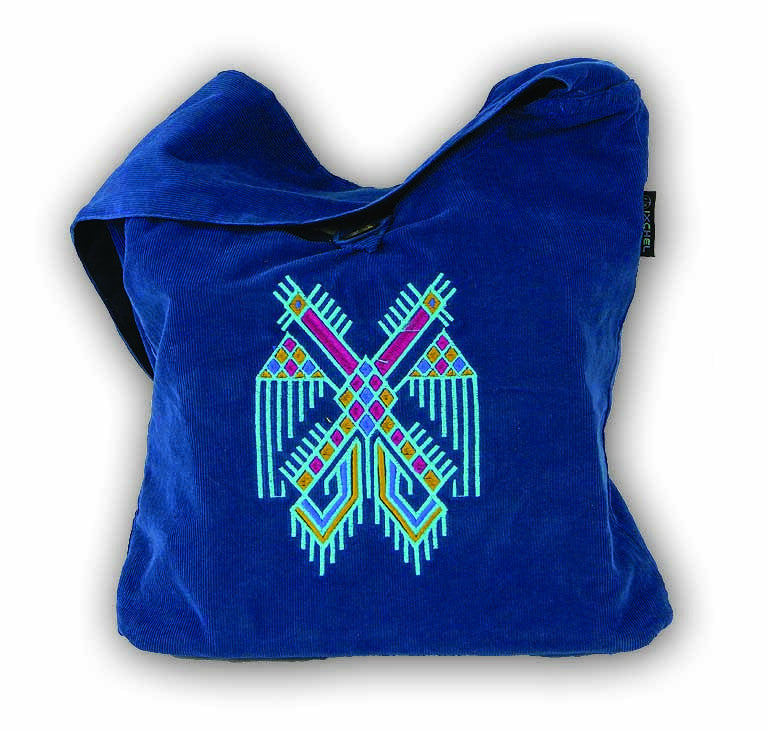A little bit about our Corduroy

How did corduroy become a staple fabric of the hippie fashion scene?
I'm glad you asked that question. Since a correct answer is important enough, at least within the realm of hippie style & fashion, here is a little cultural history:
In the waning years of the original Grateful Dead experience, circa 1992 to 1995, young Americans who wanted to live the Bohemian Dream came to the scene with some of their cultural aesthetic preferences already established; bands like Pearl Jam & Nirvana had become icons not just for a new aesthetic they represented, but also for what they were perceived as rejecting: many of the cultural touchstones of an earlier generation were unappreciated simply for their ubiquity. A tie dyed T-shirt does not represent the flowering of Youth Culture to anyone who grew up watching their parents wear them, to say nothing of their grandparents.
The florescence of Hip-Hop in the 1990's, especially with cross-over artists like Cypress Hill and Tribe Called Quest and the breakout of '80's art-Rock, alt-Rock and countless offerings from the post-Punk diaspora gave those early X-generation kids cultural references outside the confines of the American Psychedelic iconography that devotees of the Grateful Dead lifestyle had studiously reworked for three decades. By the time the original Grateful Dead experience was over and Phish was selling out stadiums across the country to a new generation of nomadic seekers, everything had changed and yet stayed the same once again, and when that happens, it's always the details that count.
The DYI Generation was already going full steam when the technological revolution sped it up; the internet helped, but it was the underlying attitude that made the difference. On Phish's fall tour of 1997, half the kids in the audience were wearing clothes they or someone they knew had made at home, When I saw it at the time I remember thinking that hippie fashion was about to transform itself, and and that Ixchel would play a part.
So, back to our corduroy, what's so good about it? We don't go the cast-off route, gathering up thrift-shop corduroy and ransacking the clothing donation outfits that some of our well-known competitors use, while it's admirable ecologically, you lose control mostly of color coordination, as well as other issues, and color is too important to us to out-source.
We have all our corduroy woven to order by a very reputable Central American mill, it is 12 wale to the inch (those are the little rows of pile, the long fibers that give corduroy its distinctive look and feel) which is the softest and dyes most consistently.
We buy it in natural, not white, to mute out the color a bit, and dye it with a top quality dye works. Usually we will do 9 colors (plus black) each year- 3 greens, 3 blues, and 3 browns. We use the three groups to make patchwork in each of those color families. We vary the hues a little bit every year, the last two years we have done a deep wine color to use with the brown group, and people have liked that change.
We have found that the narrow wale corduroy blends well with other fabrics- especially the hand woven and hand brocaded cottons of our native Guatemala, and we have gotten great results mixing using it in our patchwork system.
We bought quite a bit of new corduroy getting ready for the 2017/2018 collection; we dyed all but a bit that we are saving for something special, so you can expect us to keep right on working in corduroy- it’s been good to us, we try to use it well, and we hope everyone in our neck of the fashion woods will continue to wear it well.
Leave a comment
Comments will be approved before showing up.



